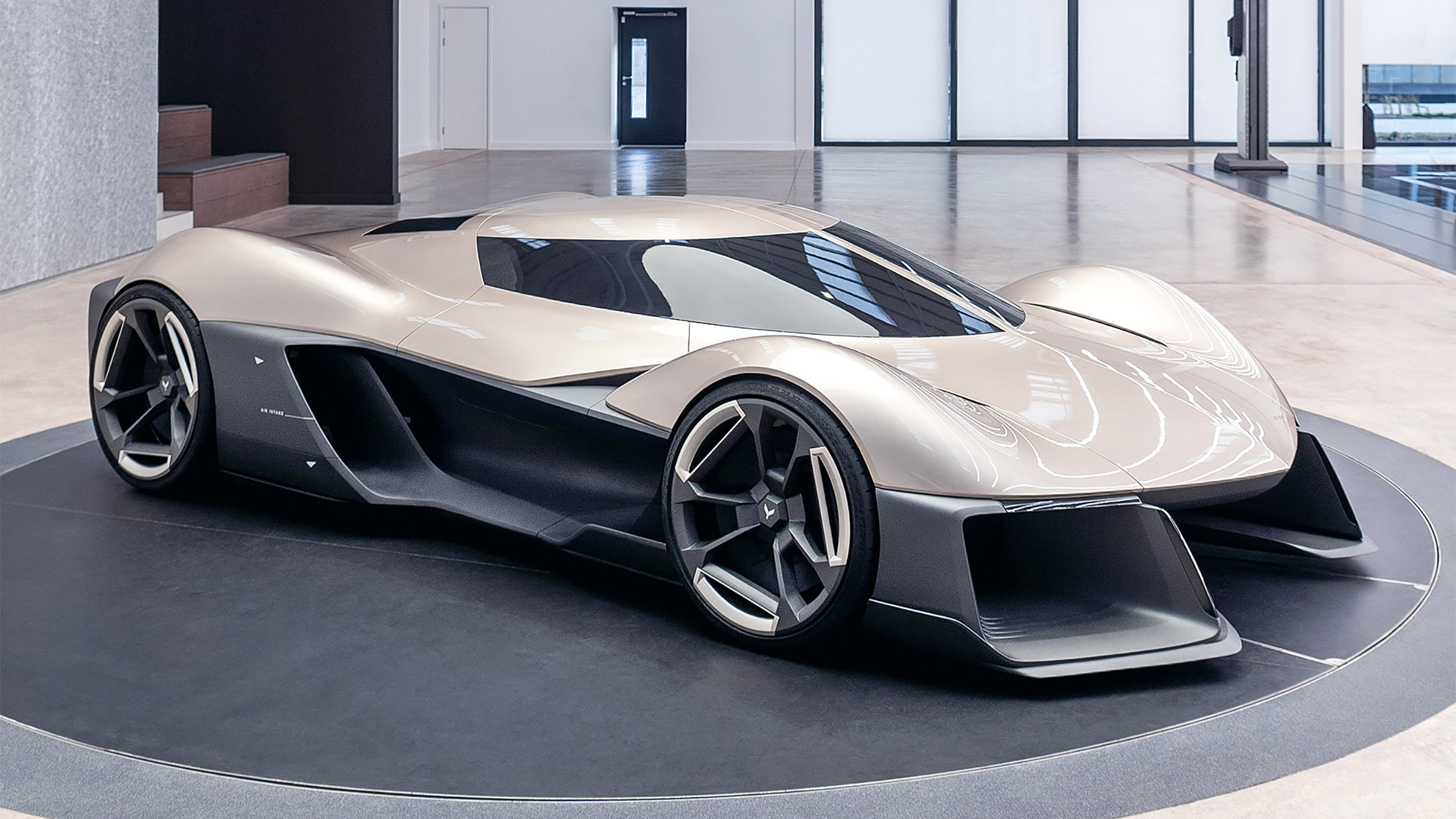The Future of the Corvette: V8 Engine and Hybrid Approach
The next-generation Corvette is expected to maintain its iconic V8 engine while embracing a self-charging hybrid system. This decision comes as a response to growing speculation about whether the sports car will transition to a fully electric powertrain. According to Tony Roma, Executive Chief Engineer for Global Corvette and Performance Cars at General Motors, there’s no immediate need to abandon the V8.
Roma recently spoke with Autocar, emphasizing that while electric vehicles (EVs) are part of the industry’s future, a fully electric Corvette is still “science fiction.” He explained that his team won’t create an EV just to meet European regulations, which will ban internal combustion engines (ICE) after 2035. If a Corvette ever becomes electric, it must earn the badge by living up to its legacy.
A Futuristic Concept, Not a Production Model
In April 2025, General Motors’ new design center in the UK unveiled a Corvette-inspired concept. This futuristic hypercar featured a fully electric drivetrain. However, Michael Simcoe, GM’s Senior Vice President of Global Design, clarified that the project was a design exercise meant to honor Corvette’s heritage, not a preview of a production model. Roma’s recent comments confirm that this concept is not heading to the assembly line anytime soon.
What Makes a Corvette?
For Roma, performance metrics alone aren’t enough. While EVs can deliver blistering acceleration, he believes the Corvette should focus on the experience behind the wheel. He emphasized the importance of a strong power-to-weight ratio, cost, and range, but placed even more weight on the “visceral connection” a driver feels with the car.
Roma admitted he has driven many excellent EVs, but said most lack the emotional spark that makes a great performance car memorable. “The computer does so much of the work,” he explained. What he wants on a Saturday morning drive is simple: “to fire up an engine and listen to all those noises.”
Simplicity Over Complexity in Hybrid Design
Roma also dismissed the idea of turning to plug-in hybrid technology for Corvette, citing drawbacks like added mass, higher costs, and unnecessary complexity. He said such a system would only be worth considering if it allowed GM to meet specific regulatory targets based on electric-only driving range.
Chevrolet has taken a different approach with the Corvette E-Ray. Roma explained why. “I won’t poke anybody in particular, but some of our competitors have been criticized for the games you have to play to get the car in the right mode, and which charging mode and this and that and the other. But when you drive an E-Ray, you just fire it up and drive it. It’s just a hybrid. It charges the battery for you. It does everything. If you want to override and make it charge the battery faster, there’s a button for that. But other than that, that’s pretty much it, and keep it simple, keep it usable.”
What Comes After the C8?
All signs point to the next-generation Corvette sticking with a V8 engine, possibly paired with a self-charging hybrid system. That keeps the formula intact while still allowing for incremental updates that improve efficiency and performance without losing the essence of what the Corvette is all about.
Although the C9 is expected around 2029, there’s still more to come from the current model. Roma recently hinted that the 1,250-horsepower ZR1X isn’t the C8’s final act. “It’s just the latest chapter,” he said, promising that the team continues to push the platform to “new performance highs.”







